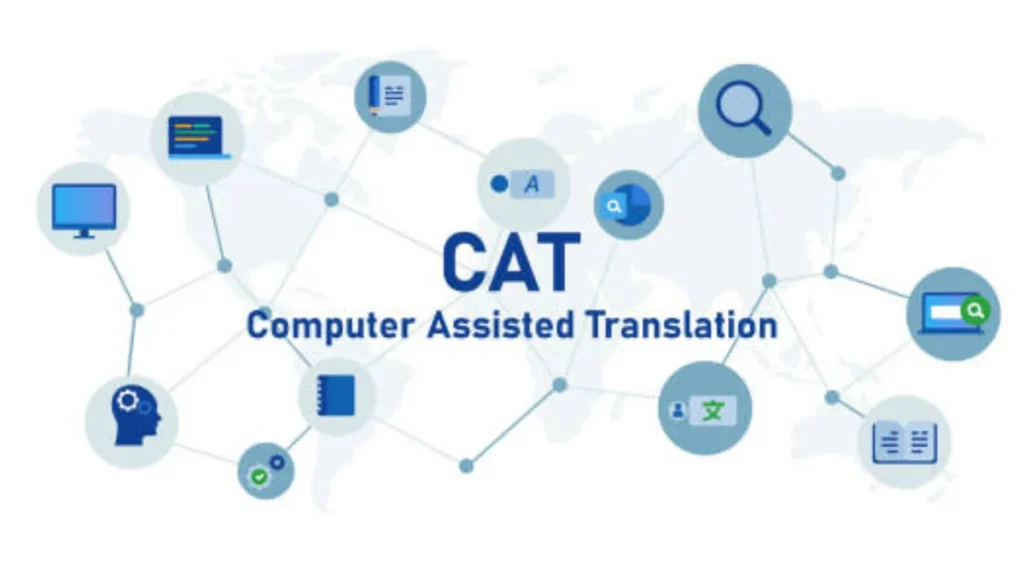Introduction
Преводсч, a term originating from the Russian language meaning “translation,” plays a pivotal role in bridging the gap between cultures, enabling the exchange of ideas, knowledge, and understanding. This comprehensive guide delves into the depths of преводсч, exploring its origins, types, challenges, and its significant impact on globalization.

What is преводсч?
Overview
Преводсч is the art and science of translating text from one language to another while maintaining the original meaning, style, and intent. It encompasses various aspects of language, culture, and communication, making it an indispensable tool in today’s multicultural world.
History
The history of преводсч can be traced back to ancient times when civilizations sought to communicate with each other through written texts. Over the centuries, the practice of преводсч has evolved, influenced by advancements in technology, literature, and cultural exchange.
Importance of преводсч
Cultural Significance
Преводсч plays a crucial role in preserving and promoting cultural heritage. It allows people to access literature, art, and historical documents from different cultures, fostering a sense of appreciation and understanding.
Communication Facilitation
In today’s globalized world, преводсч is essential for effective communication between people who speak different languages. It enables businesses to expand their reach, governments to engage with foreign entities, and individuals to connect with people from diverse backgrounds.
Types of преводсч
Written преводсч
Written преводсч involves translating written texts such as books, articles, and documents. It requires a deep understanding of both languages to convey the original meaning accurately.
Spoken преводсч
Spoken преводсч, often referred to as interpretation, involves translating spoken language in real-time. This type of преводсч is commonly used in conferences, meetings, and diplomatic events.
Challenges of преводсч
Linguistic Complexities
Languages differ in terms of grammar, syntax, and vocabulary, posing challenges for translators. Translating idiomatic expressions, cultural nuances, and wordplay requires a high level of proficiency in both languages.
Cultural Nuances
Culture influences language, leading to differences in communication styles, gestures, and social norms. Translators must be aware of these nuances to avoid misunderstandings and convey the intended message accurately.
Role of преводсч in Globalization
Business
In the business world, преводсч is essential for companies looking to expand their operations internationally. It enables them to localize their products and services, communicate with customers in their language, and comply with local regulations.
Politics
In the political arena, преводсч plays a crucial role in diplomacy and international relations. It allows governments to engage with foreign counterparts, negotiate treaties, and address global issues through multilingual communication.
Future Trends in преводсч
Technology Advancements
Advancements in technology, such as machine translation and artificial intelligence, are transforming the field of преводсч. These tools are making translation faster, more accurate, and more accessible to a wider audience.
Industry Growth
As the world becomes more interconnected, the demand for преводсч services is expected to grow. This growth will lead to new opportunities for translators, interpreters, and language service providers.
Conclusion
Преводсч is a vital component of our globalized world, facilitating communication, preserving culture, and driving progress. As technology continues to advance, the role of преводсч will only become more significant, bridging the gap between languages and cultures.
FAQs
- What skills are required to become a преводсч?
- A преводсч requires proficiency in at least two languages, excellent communication skills, cultural awareness, and attention to detail.
- How is machine translation changing the field of преводсч?
- Machine translation is making преводсч faster and more accessible, but human translators are still essential for maintaining quality and accuracy.
- What are the ethical considerations in преводсч?
- Translators must respect the privacy and confidentiality of the content they translate, adhere to ethical standards, and avoid bias or distortion of the original message.
- How can I become a certified преводсч?
- To become a certified преводсч, you can pursue formal education in translation studies, obtain relevant certifications, and gain experience in the field.
- What are the career opportunities for преводсчs?
- Преводсчs can work in a variety of industries, including publishing, media, government, and international organizations. They can also freelance or work for translation agencies.

